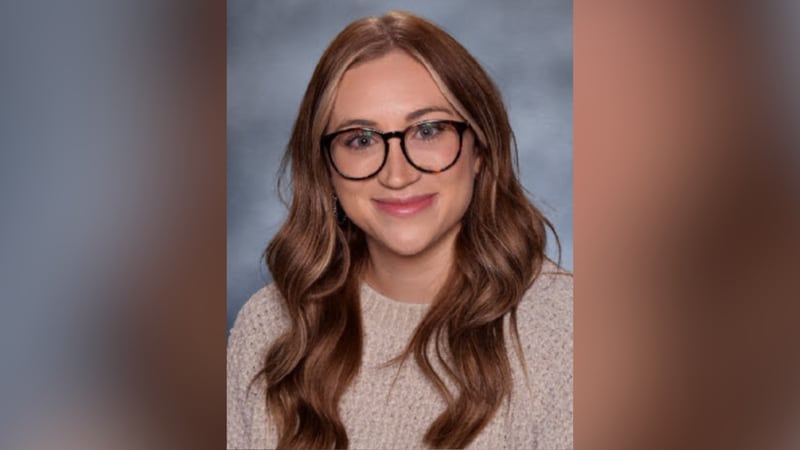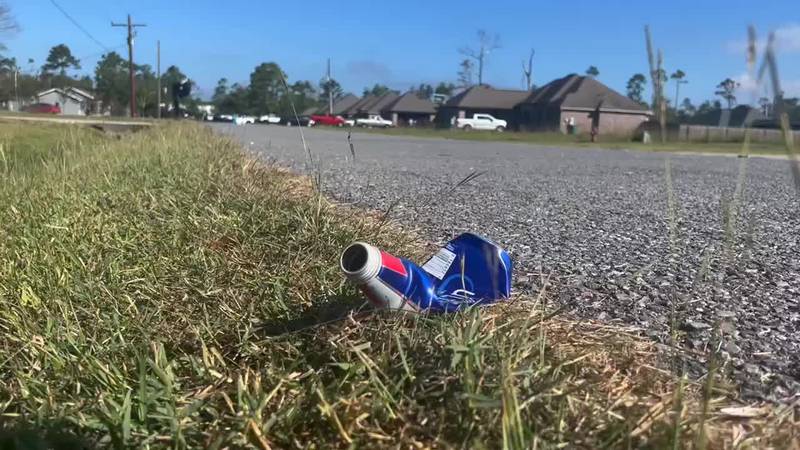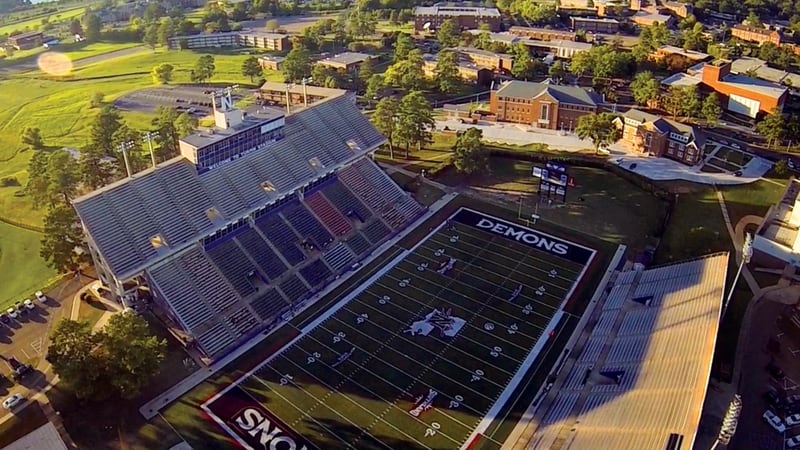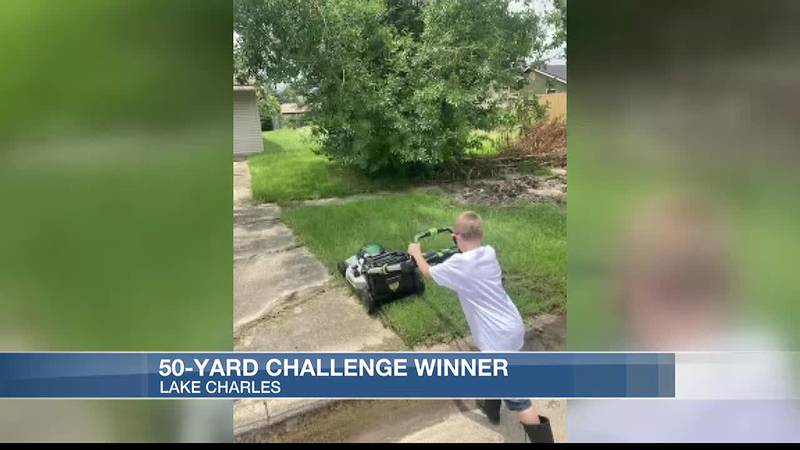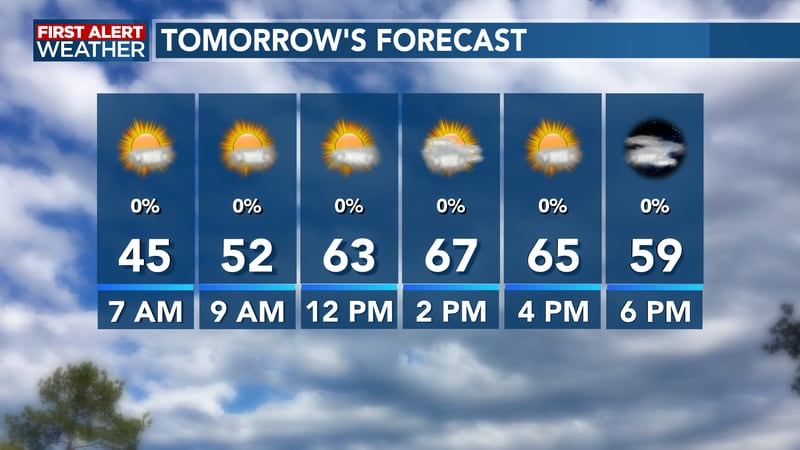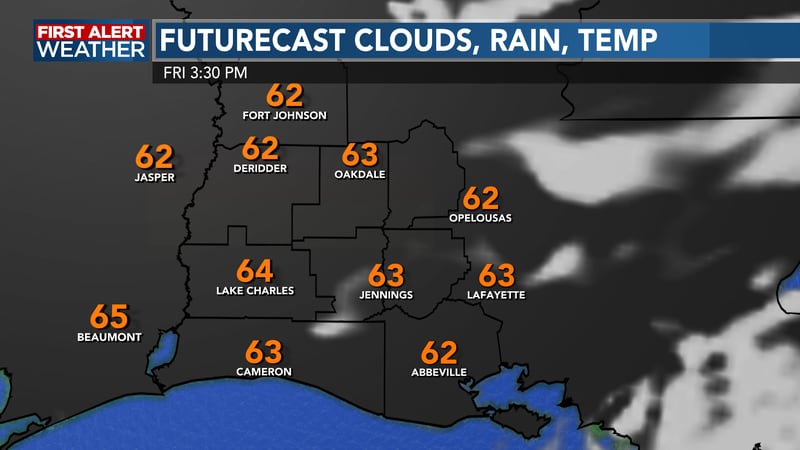Health Headlines: First responder AI training
COLUMBUS, Ohio (Ivanhoe Newswire) – Virtual reality, it can transport you to places you’ve never been and it can give you experiences you may never have had before. Now, first responders are using that same technology to help them prepare for the worst of the worst. Because how quickly first responders respond means the difference between life and death.
A team at the Ohio State University College of Medicine created a cutting-edge virtual reality training program that is helping paramedics and firefighters prepare for highly intense situations like bombings, mass shootings, and interstate pile-ups.
“It’s too bad to say that there’s, like, more of these events than we can count,” says doctor of emergency medicine at the Ohio State University College of Medicine, Nicholas Kman, MD.
Jesse Martinez is an advanced EMT — on the job for 23 years — he put on the VR headset and was transported to the scene of a subway bombing.
“You just know where the bad patients are, or the worst patients are, and you just work from there,” explains Martinez.
Dr. Kman adds, “I can talk to a patient, I can ask you, ‘Where are you hurt?’ I can ask you to show me where it hurts.”
Captain Glen Keating says, even though there may never be a subway bombing in his area, treating the victims of any mass causality situation is similar.
“We have plenty of situations that are multiple patient car accidents and, you know, that doesn’t matter. That can happen anywhere,” Keating says.
And instead of disaster training once or twice a year, first responders can train year-round.
Keating mentions, “I think the ability to do that over and over and over again, furthers muscle memory.”
“The hope is that if you do training enough, when the real event happens, it kind of feels like the training,” Dr. Kman says.
The virtual reality disaster response training program is being used in several communities across Ohio and is quickly expanding to other states.
Contributors to this news report include: Marsha Lewis, Producer; Kirk Manson, Videographer; Roque Correa, Editor.
Copyright 2023 KPLC. All rights reserved.
